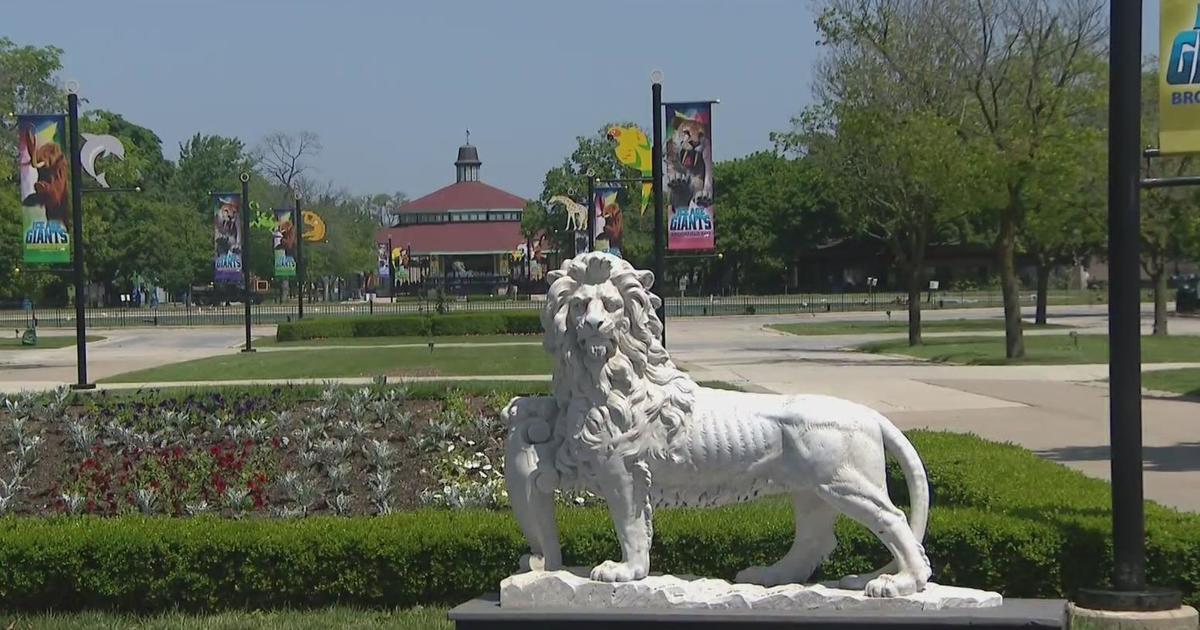5 Moving Memorials In NYC
Memorials make us remember those who have gone, but they also inspire us to great feats in our own lives. Read on for five of New York's most moving tributes to check out this Memorial Day. By Jessica Allen.
More: Where To Experience National Monuments This Memorial Day
Dedicated to those who lost their lives in the World Trade Center bombing on February 26, 1993, and the terrorist attacks on September 11, 2001, the National September 11 Memorial is certainly the city's most famous, if not its most moving, memorial. Architect Michael Arad and landscape architect Peter Walker designed two reflecting pools to sit in the former footprint of the Twin Towers. (Each pool is about an acre in size.) The memorial also features the largest manmade waterfalls in North America and the name of every person who died in the 1993 and 2001 attacks. The memorial should be fully open to the public at some point in 2014 (until then, a limited number of free passes are available).
These days, hearing the name "Titanic" is more likely to make you think of Leonardo DiCaprio and Kate Winslet than of the more than 1500 victims who went down with the ship. Straus Park is dedicated to Ida and Isidor Straus, a married couple who drowned. (Isidor founded Macy's.) It's a simple, nicely landscaped wedge of park in Morningside Heights. But the statue of a reclining woman makes the park worth a trip: an embodiment of Memory, she lays on her side, head in hands, with one foot idly dangling for eternity. To us, she portrays not so much the act of remembering but of daydreaming.
In 1991, construction workers discovered that the spot carefully chosen as the setting for a federal office building in Lower Manhattan was actually a burial ground used by Africans and African-Americans from 1626 to the late 1700s. After much controversy, the National Park Service took over the site, which now consists of a large granite sculpture with running water and engravings from various African cultures. Its center has a scalloped design that lists the few known facts of those buried there, all likely enslaved, most killed by malnutrition, violence, or punishment. Visitors sometimes leave flowers and other tokens of remembrance.
The memorial to one of the most complex figures in American history (and his wife) sits at the very top edge of Riverside Park, overlooking the Hudson River; it is the largest tomb in North America. Roughly 90,000 people donated to the construction of this mausoleum, which was, at the time, the largest fundraising initiative ever undertaken. After paying your respects and admiring the leafy vista, walk back into Morningside Heights and grab a seat at Tom's Restaurant, which memorializes another great period in American history: Seinfeld. (The show used the exterior of this restaurant whenever Jerry et al headed out to the coffee shop.)
During the Great Hunger in Ireland, close to one million people died and almost the same number emigrated, mostly to the United States. Sculptor Brian Tolle's Irish Hunger Memorial peacefully honors the dead and, slightly less successfully, focuses viewers' attention on contemporary hunger issues worldwide. Among the plants near the monument's Famine-era cottage are foxglove, soft rush, bearberry, and yellow flag iris, and the monument itself, situated 25 feet off the ground, offers views of Ellis Island and beyond. The work stands as a humble island amidst the luxury and touristiness of Battery Park City.







